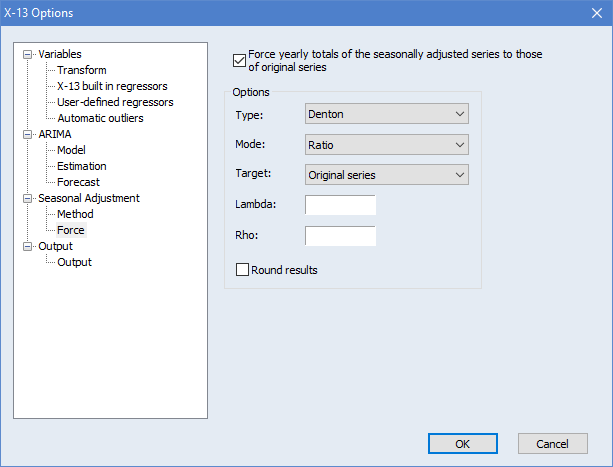

It might be better to save this file under a new name, so that the original workfile remains untouched. If you select the Save button on the workfile menu the workfile will be saved under its current name food.w/1. You may wish to save your workfile at this point. In the resulting dialog box you have several file types to choose from, and you can select a name for the graph image. To save the graph to disk, select the Object button on the Graph menu. Switch to your word processor and simply paste the graph (Ctrl+V) into the document. The dialog box that shows up allows you to choose the file format.

How to use eviews 10 windows#
In the workfile, you will find an icon representing the graph just createdĪs is usual with Windows based applications, we can copy by clicking somewhere inside the graph, to select it, then Ctrl+C. Note that separate words are not allowed, but separating words with an underscore is an alternative. To save the graph, so that it remains in the workfile, click on Name, then enter a name. The resulting graph is nowĮxplore the other tabs on the Options menu to see all the features. To change the “empty circles” used in the graph to “filled circles”, again choose Options, but select the Line/Symbol tab.Ĭlick on Symbol pattern and choose the style you want. Enter 0 and 600 as the Min and Max values. Choose User specified in the Left axis scale method. To alter the vertical axis so that it begins at zero, click on Options on the Graph MenuĬlick on the Axes/Scale tab, select the Left Axis and Scale option in the drop down box. To have the title centered at the top click the appropriate options and type in the title. In the resulting dialog box you will be able to add a title, specify the location of the title, and use some stylistic features. To add a title, click on AddText on the Graph menu. While the basic graph is fine, for a written paper or report you it can be improved by In the Graph Options box select Scatter from among the Basic graphs.Ī plot appears, to which we can add labels and a title. In the dialog box type the names of the variables with the x-axis variable coming first! We will make use of EViews “drop-down menus” until the basic commands become familiar.
How to use eviews 10 software#
With any software there are several ways to accomplish the same task. The new object in the workfile is a Group named FOOD DATA. From within the Group screen select Name and then assign an Object Name. It is often useful to save a particular group of variables that are in a spreadsheet. To return to the spreadsheet view, select View/Spreadsheet The resulting summary statistics agree with the information in the /which assures us that we have the correct data. To verify that the workfile we are using agrees, select View/Descriptive Stats/Common Sample. In the definition file f we find variable definitions and summary statistics. The data appear in a spreadsheet format, with INCOME first since it was selected first. Select INCOME by clicking it, and then while holding the Ctrl-key select FOOD EXP.ĭouble-click in the blue area and select Open Group. When ever opening a new workfile it is prudent to examine the data. See the definition file foocLdef for the variable definitions.

The initial workfile contains two variables INCOME, which is weekly household income, and FOOD EXP, which is household weekly household food expenditure. Locate this file and open it by selecting File/Open/EViews Workfile The data for the food expenditure example are contained in the workfile food.wfl.
How to use eviews 10 how to#
We also demonstrate the plotting capabilities of EViews and show how to use the software to calculate the income elasticity of food expenditure, and to predict food expenditure from our regression results. In this chapter we introduce the simple linear regression model and estimate a model of weekly food expenditure.


 0 kommentar(er)
0 kommentar(er)
